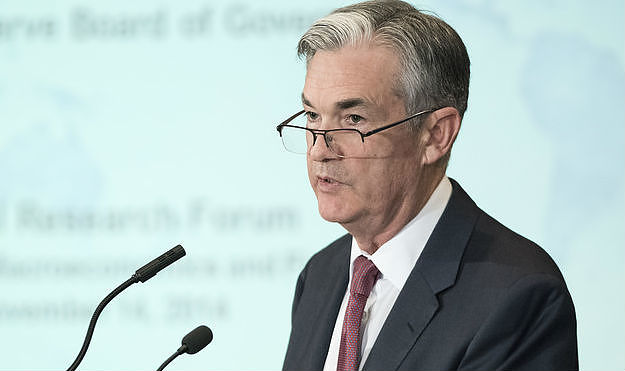Fed Chair Powell reiterated yesterday that the US economy is coming into better balance

Markets
Fed Chair Powell before Congress yesterday reiterated that the US economy is coming into better balance. It made considerable progress toward the Fed’s 2% target. The labour market has cooled but remains strong. Even so, data still have to provide the MPC greater confidence that inflation is sustainably moving to target. Recent readings showed some progress but more good data are still needed. However, from now inflation is not the only risk the Fed is facing. As the labour market is cooling, reducing policy restrain too late or too little also can unduly weaken activity and employment. Even so, the Fed Chair explicitly said that he didn’t intend to give any rate timing signals as the Fed stays in a data-dependent mode. This absence of any guidance on timing also prevented any meaningful market reaction. US yields hardly changed (2-y easing 0.2 bps while the 30-y added 2.3 bps). Even as there was little economic news on this side of the Atlantic, German yields added between 1.8 bps (2-y) and 4.2 bps (30-y). Intra- EMU spreads (vs Germany) after a mild easing on Monday, yesterday again widened (France +4 bps) as markets realized that any fiscal improvement in France, but also any many other EMU countries, will be a difficult political process. Risk premia are here to stay. The EuroStoxx 50 declined 1.33%. In the US, the S&P 500 (+ 0.07%) and the Nasdaq (+0.14%) held at record levels. Changes in the major USD cross rates were limited, with the dollar gaining on points (DXY close 105.13, EUR/USD 1.0813, USD/JPY 161.33).
This morning, Asian equities show no clear trend and mostly are little changed as are US Treasuries. EUR/USD gains marginally (1.0819). The yen weakens further beyond USD/JPY 161.(5). Today, there are no important data on both sides of the Atlantic. The market focus will mainly go to tomorrow’s US June CPI inflation. A mild 0.1% M/M & 3.1% Y/Y (headline) and 0.2%/3.4% (core) is expected. After Powell not pre-committing and with markets already discounting 2 cuts this year, a sub-consensus figure is probably needed for ST US yields to decline further (US 2-y support at 4.55%/4.59%). In this context, it also won’t be that easy for EUR/USD to break to 1.0916 resistance.
News and views
Chinese June inflation came in at the low end of expectations again. This happening despite favorable 2023 base effects suggests ongoing (very) weak consumer demand. Prices rose 0.2% y/y (-0.2% m/m), only half of the 0.4% expected and a further deceleration from the 0.3% in May. Consumer goods deflated by 0.1% y/y while services CPI eased to 0.7% from 0.8%. The core gauge (excluding food & energy) pared May’s 0.6% (-0.1% m/m). There seems to be little improvement on the way for CPI to pick up anytime soon with factory-gate inflation (PPI) still venturing in negative territory. The -0.8% y/y outcome was in line with expectations, though, and also meant a further bottoming out from the -1.4% in May and the trough of -5.4% in June 2023. The Chinese yuan set a new 9-month low in the wake of the release. USD/CNY trades at 7.275, slowly but steadily nearing the September 2023 16-yr low of 7.35.
The Reserve Bank of New Zealand kept the policy rate unchanged at 5.5% this morning but dialed back its hawkish tone from the May meeting. Back then, persistent domestic inflation (amongst others) made policymakers discuss a rate increase before eventually deciding to keep rates high for longer and signaling no cuts before 2025Q3. There was no mention whatsoever of a potential hike in the statement today. Instead, the RBNZ expects headline inflation to return to the 1-3% target range in the second half of this year while strong domestically generated price pressures will ease. This follows a fall in capacity pressures, which the recently weaker higher frequency economic indicators suggest is coming. While agreeing that monetary policy needs to be restrictive still, the statement in another dovish twist added that “The extent of this restraint will be tempered over time consistent with the expected decline in inflation pressures.” New Zealand swap yields tank up to almost 20 bps at the front end of the curve. The RBNZ pivot triggered a strong shift in markets’ rate cut expectations. They now fully price in a first move in October (vs November yesterday) with a 60% chance discounted for a start at the next meeting in August (vs October). The kiwi dollar loses against all G10 peers this morning, including the US dollar, though losses could have been bigger. NZD/USD slips to 0.609.
Author

KBC Market Research Desk
KBC Bank

















